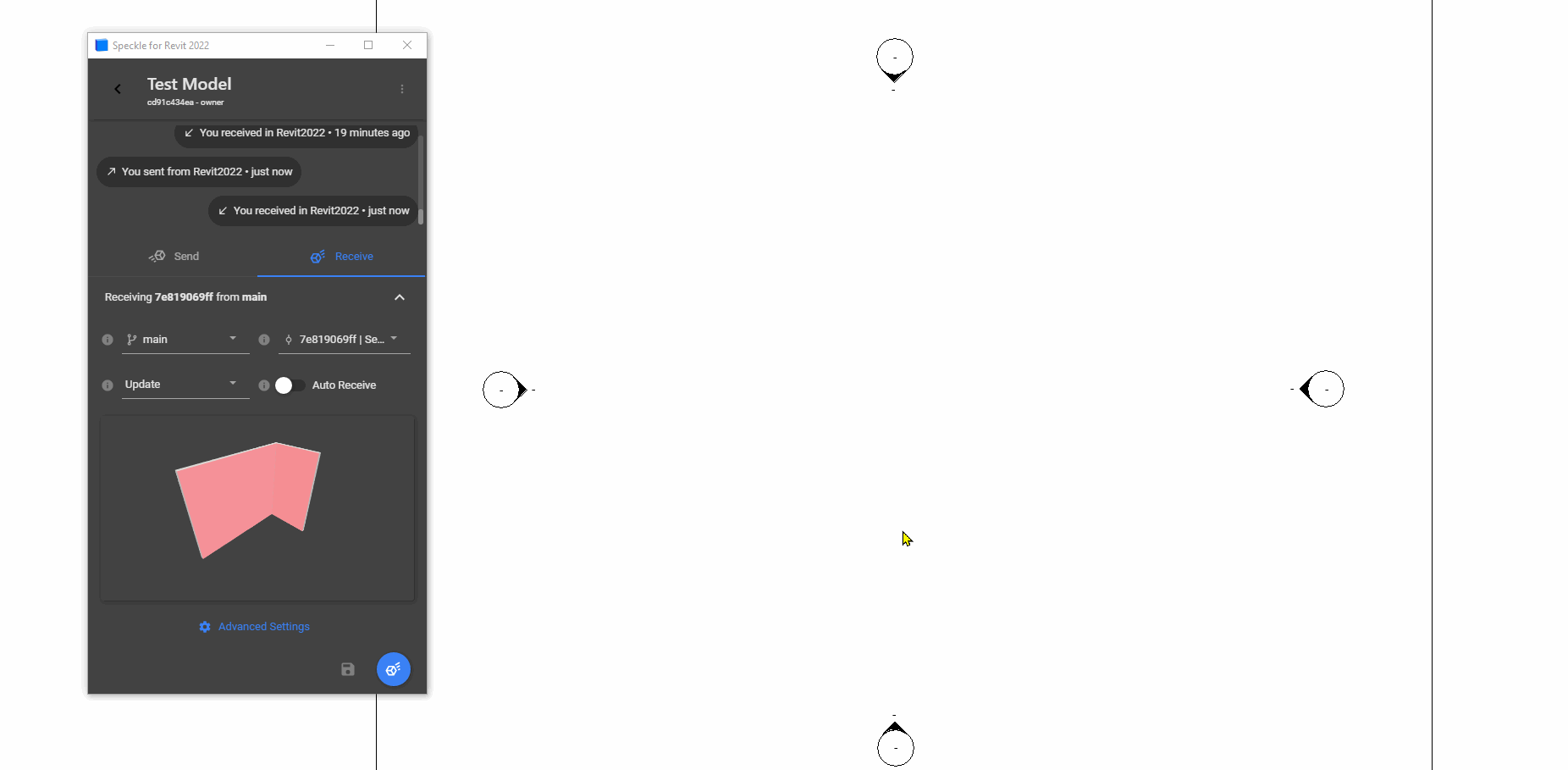Alright, so different receive modes are soon coming to the Revit Connector, we’ll follow implementing them where possible, here’s how they’ll work:
UPDATE: updates elements if they already exist and creates missing ones (current behaviour in Revit)
CREATE: always creates new elements even if pre-existing (current behavior in Rhino)
IGNORE: skips elements if they already exist
PS: Sorry, I know this thread is about Rhino, but that’s our next target! 
